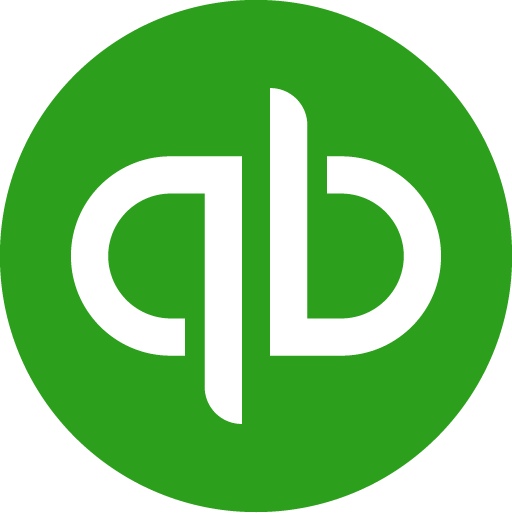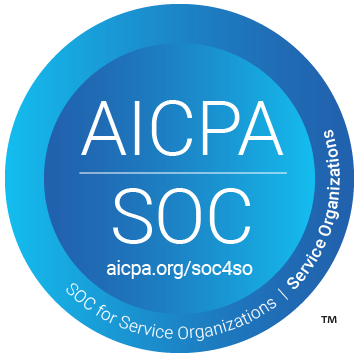It might surprise you to find a Liability account in your books called “Accrued Expenses” at your business’s financial statements before.
How can an Expense be a Liability? Is it bad that you have Accrued Expenses? And how do you pay for them? Let’s dig in and figure it out.
What is the Accrued Expenses Definition?
Accrued Expenses are expenses a company accounts for when the event happens, as opposed to when they are actually paid for. An Accrual Method of Accounting allows a company’s Financial Statements, such as the Balance Sheet and Income Statement, to be more accurate.
What Is an Example of Accrued Expense?
Accrued Expenses or Liabilities occur when Expenses take place before the cash payment is made. The Accrued Expenses are recorded in a company’s Balance Sheet as Current Liabilities mostly, as the payments are generally due within one year from the transaction date.
So which Expenses should be categorized as Accrued?
Here are some of the known examples of Accrued Expenses:
- Goods and services have been consumed, but bills have not yet been received.
- The utilities are consumed in one month, and the bills are received in the next month.
- Payroll & Benefits are not paid until the end of the payment period.
- Income Taxes are Accrued based on income earned during the Accounting period.
Are Accrued Expenses Current Liabilities?
Accrued Liabilities are defined as an obligation which corporation assumed due to the absence of a confirming document.
This is an internally created estimation in the case where the corporation is yet to receive a confirmation, like an Invoice, from the supplier or the biller, but they have already consumed the goods or services. Subsequently, the accountants are supposed to record it as an accrued liability.
As we have mentioned earlier, it can be seen that Accrued Liability is regarded as an expense that needs to be paid for by the company but has not been billed for.
Accrued liabilities are placed in the Balance Sheet (or Statement of Financial Position) of the company, to the Current Liabilities section.So, the answer is yes. After payment, they are eliminated from the Balance Sheet. The reason behind this classification is that it needs to be honored within 12 months.
What Are Accrued Expenses on a Balance Sheet?
An Accrued Expense is normally expected to be paid for within a short period of time, such as the next month or within a year. When the settlement period is within the next year, the Liability associated with an Accrued Expense is presented in the Balance Sheet as a current liability. If the expected settlement date will be more than a year in the future, the Liability should be classified as a Long-term Liability.
Accrued Expenses or Liabilities are listed on a Balance Sheet under the Liabilities section at the end of each accounting period.
See below a Balance Sheet example imported from QuickBooks to Google Sheets automatically with LiveFlow:
Balance Sheet:

How are Accrued Expenses Recorded?
Now let’s talk about how to record Accrued Expenses.
At the end of each accounting period, a company should properly estimate the dollar amount for each of its Accrued Expenses, and then record it as an Expense account with a corresponding Accrued Expenses or Liabilities account.
Here is an Accrued Expenses example:
Use LiveFlow to import your Balance Sheet with Accrued Expenses or Liabilities from QuickBooks into Google Sheets in real-time Download LiveFlow from Google Workspace Marketplace or QuickBooks App Store to track your Accrued Expenses automatically.

.png)

.png)





